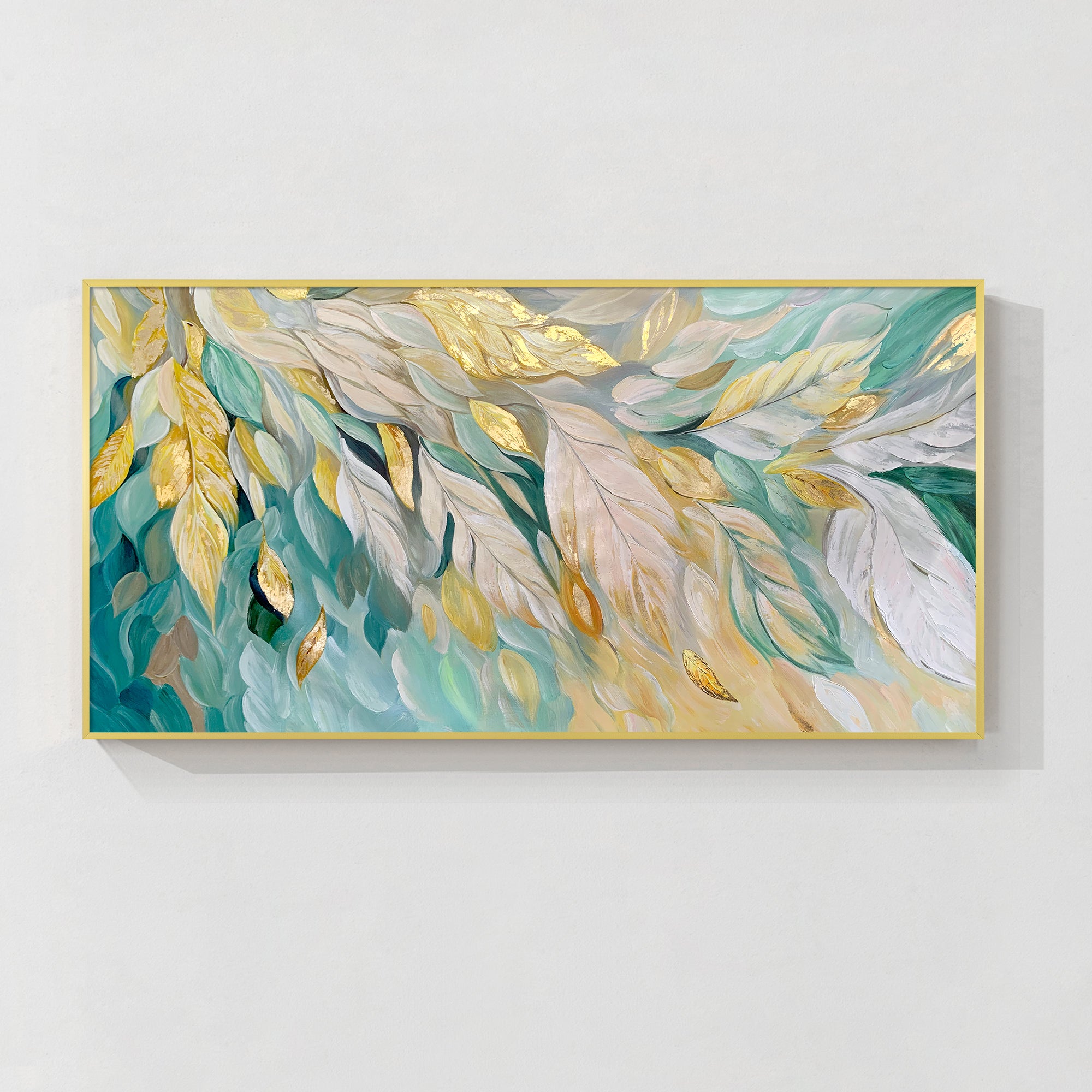
Ein kurzer Einblick in die Schönheit der Blätter in der Kunst
Blätter haben Künstler schon immer inspiriert. Ihre einzigartigen Formen und ihre tiefe Bedeutung verleihen unzähligen Kunstwerken das gewisse Etwas. Werfen wir einen genaueren Blick auf einige berühmte Blattarten und ihre Bedeutung in der Welt der Kunst.
1. Palmblätter: Triumph und Ruhe
Palmblätter symbolisieren Sieg und Frieden. Im alten Rom wurden sie auf Münzen geprägt, um Erfolge zu feiern. Auch heute noch steht ihre schlanke, elegante Form für Erfolg und Ruhe, was sie zu einem zeitlosen Favoriten macht.
 Römische Münzen
Römische Münzen
2. Akanthusblätter: Eleganz und Unsterblichkeit
Akanthusblätter stehen für Schönheit und Wohlstand. Sie sind häufig in der klassischen Architektur zu sehen, beispielsweise an korinthischen Säulen , oder in der Renaissancekunst, wo sie einen Hauch von Raffinesse und göttlichem Charme verleihen.

4. Olivenblätter: Frieden und Harmonie
Der Olivenzweig ist ein universelles Symbol des Friedens. Im antiken Griechenland feierten Olivenkränze den Sieg und waren somit ein dauerhaftes Sinnbild der Harmonie. 
5. Lorbeerblätter: Ehre und Auszeichnung
Lorbeerblätter sind seit der Römerzeit ein Zeichen der Größe und werden oft zur Krönung von Kaisern oder Helden verwendet. Sie werden auch mit Transformation in Verbindung gebracht, wie man in Berninis berühmter Skulptur Apollo und Daphne sieht. In dieser barocken Skulptur verwandelt sich Daphne in einen Lorbeerbaum, wodurch Lorbeerblätter mit Themen wie Transformation und Göttlichkeit in Verbindung gebracht werden.

6. Ahornblätter: Stärke und Veränderung
Ahornblätter stehen für Widerstandskraft und die Schönheit der Veränderung. In Kanada sind sie ein Nationalsymbol, während japanische Künstler wie Hiroshige sie verwendet haben, um die vergängliche Schönheit des Lebens in saisonalen Landschaften festzuhalten.
 Kanada Ahornblätter
Kanada Ahornblätter
 Hiroshiges Holzschnitte
Hiroshiges Holzschnitte
7. Weinblätter: Wachstum und Verbindung
Weinblätter verleihen künstlerischen Kompositionen Lebendigkeit und Festlichkeit. In griechischen und römischen Bacchus-Darstellungen symbolisieren sie Vitalität und Fülle. Mittelalterliche gotische Glasfenster enthalten Weinmotive, um spirituelles Wachstum auszudrücken und irdische und göttliche Welten nahtlos miteinander zu verschmelzen.

Bacchus – der Gott des Weines

Weinblatt auf mittelalterlichem gotischem Glas
Blätter sind mehr als nur botanische Details; sie stehen für Leben, Wachstum und Harmonie. Ob kräftig und auffällig oder subtil und unterstützend – Blattmotive verleihen der Kunst einen zeitlosen Charme und verbinden uns mit der Schönheit der Natur und den tieferen Themen des Lebens.
Blätter inspirieren Künstler und Betrachter gleichermaßen und erinnern uns an die Zyklen des Lebens und die Verbundenheit aller Dinge. Wenn Sie also das nächste Mal ein Kunstwerk mit Blättern sehen, nehmen Sie sich einen Moment Zeit, um die Geschichte zu würdigen, die sie erzählen.




